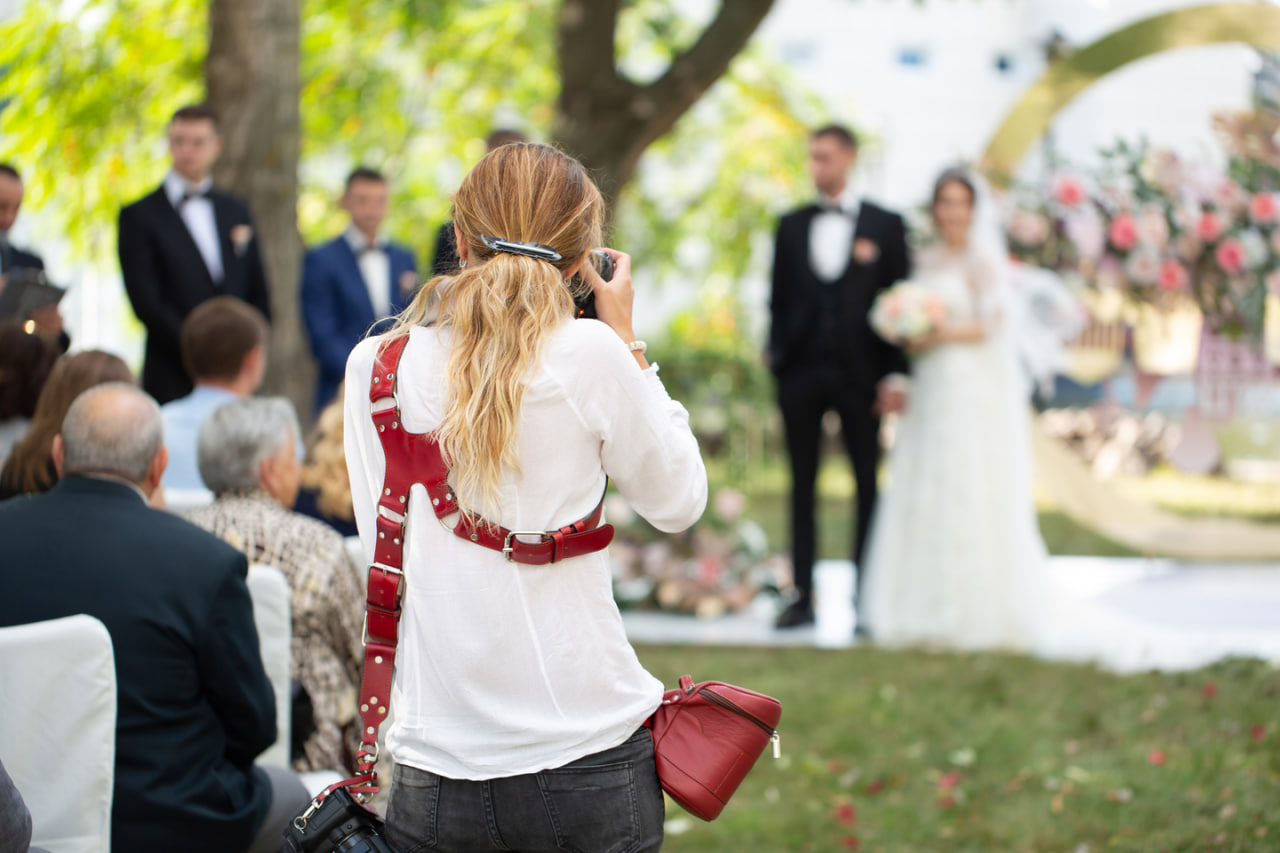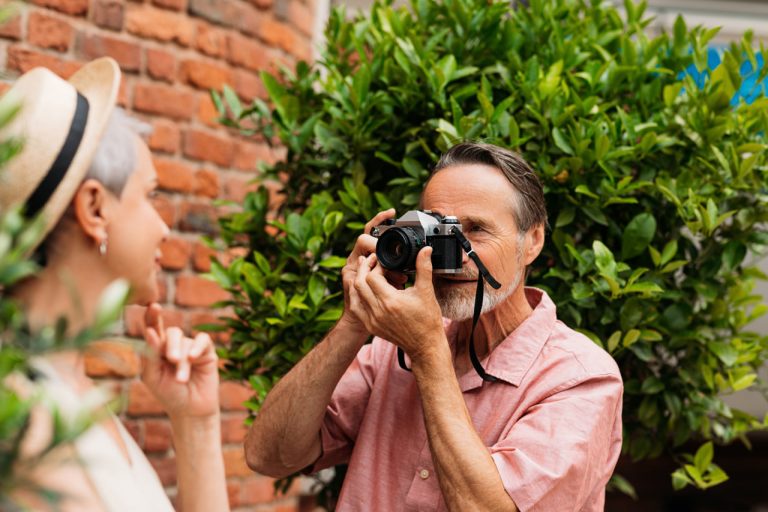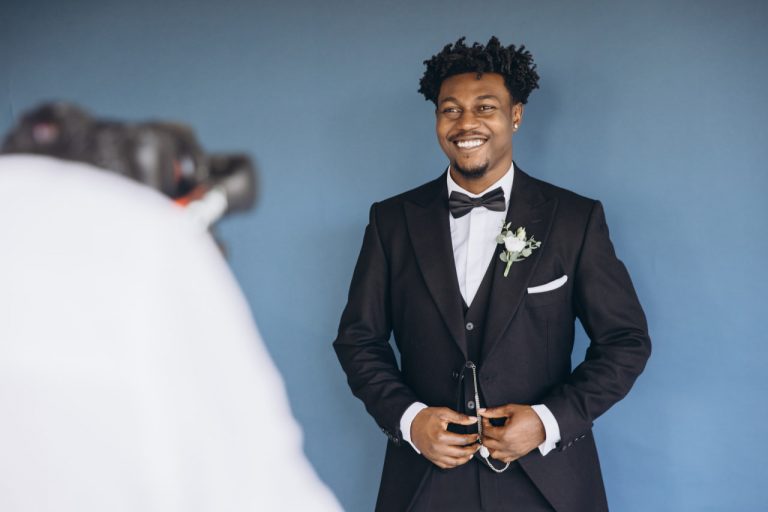Lighting is one of the most powerful tools in wedding photography. It shapes the mood, defines the atmosphere, and transforms ordinary moments into extraordinary memories. Weddings present a unique challenge because they involve constantly changing environments and lighting conditions, from natural morning light to dimly lit receptions. Mastering lighting techniques allows photographers to adapt seamlessly and deliver images that feel authentic and emotionally rich.
The Importance of Light in Wedding Photography
Light is more than just a technical element; it is an emotional language in photography. Soft light can create intimacy, golden tones can highlight romance, and dramatic shadows can add depth. For wedding photographers, understanding how to manipulate and adapt to light is essential because it directly impacts how the story of the day is told. A wedding album should feel cohesive and natural, regardless of the changing lighting conditions throughout the day.
Morning and Preparation
The wedding day often begins in intimate spaces where the couple gets ready. Natural window light is usually the main source here, and it provides soft illumination that is flattering for portraits. Photographers should position subjects near windows and avoid harsh artificial light when possible. Reflectors can help bounce light onto faces, creating a balanced look without overpowering shadows.
Golden Hour Romance
One of the most cherished times for wedding photography is golden hour—the period shortly after sunrise or before sunset. The sun sits low on the horizon, casting a warm, diffused glow that enhances skin tones and creates a romantic atmosphere. Golden hour is perfect for couple portraits, capturing the love between partners in a soft, dreamy light. Planning ahead ensures this fleeting window of time is not missed and is used to its full creative potential.
Ceremony Lighting Challenges
Ceremonies may take place indoors in churches, outdoors in gardens, or in other unique venues, each with its own lighting obstacles. Indoor ceremonies often require low-light adjustments, making fast lenses and higher ISO settings essential. Outdoor ceremonies present the challenge of direct sunlight, which can create harsh shadows. Positioning subjects thoughtfully and using fill light, such as a reflector or subtle flash, can help achieve even and flattering exposure.
Reception and Indoor Lighting
Receptions often take place in dimly lit halls, restaurants, or event spaces. Chandeliers, candles, and colored uplighting set the mood but can create challenges for accurate skin tones and sharp images. Photographers can use off-camera flash or continuous LED lights to balance the ambient lighting without overpowering it. The goal is to preserve the atmosphere while keeping subjects well-lit and natural.
Dance Floor Energy
When the party begins and the dance floor fills, lighting becomes dynamic and unpredictable. DJs and event planners often use flashing lights, spotlights, or colored beams, which can complicate exposure. Instead of fighting the light, photographers should embrace it and use it creatively. Slow shutter speeds can capture movement and energy, while off-camera flash can freeze key moments. Combining both techniques adds excitement and vibrancy to dance floor images.
The Role of Artificial Light
Natural light is often ideal, but wedding photographers must be comfortable working with artificial sources as well. External flashes, diffusers, and softboxes provide control when ambient light is insufficient. Using bounce flash, where light is directed toward ceilings or walls, creates soft illumination without harsh shadows. Mastering artificial light ensures consistency across different environments.
Post-Processing for Lighting
Even with careful planning, wedding lighting is unpredictable, and post-processing is essential for refining results. Editing software allows photographers to correct exposure, balance white tones, and reduce noise from low-light images. Subtle adjustments can bring out details in shadows, highlight natural glow, and unify the look of an entire collection. Consistency in editing ensures the story of the wedding flows seamlessly from start to finish.




